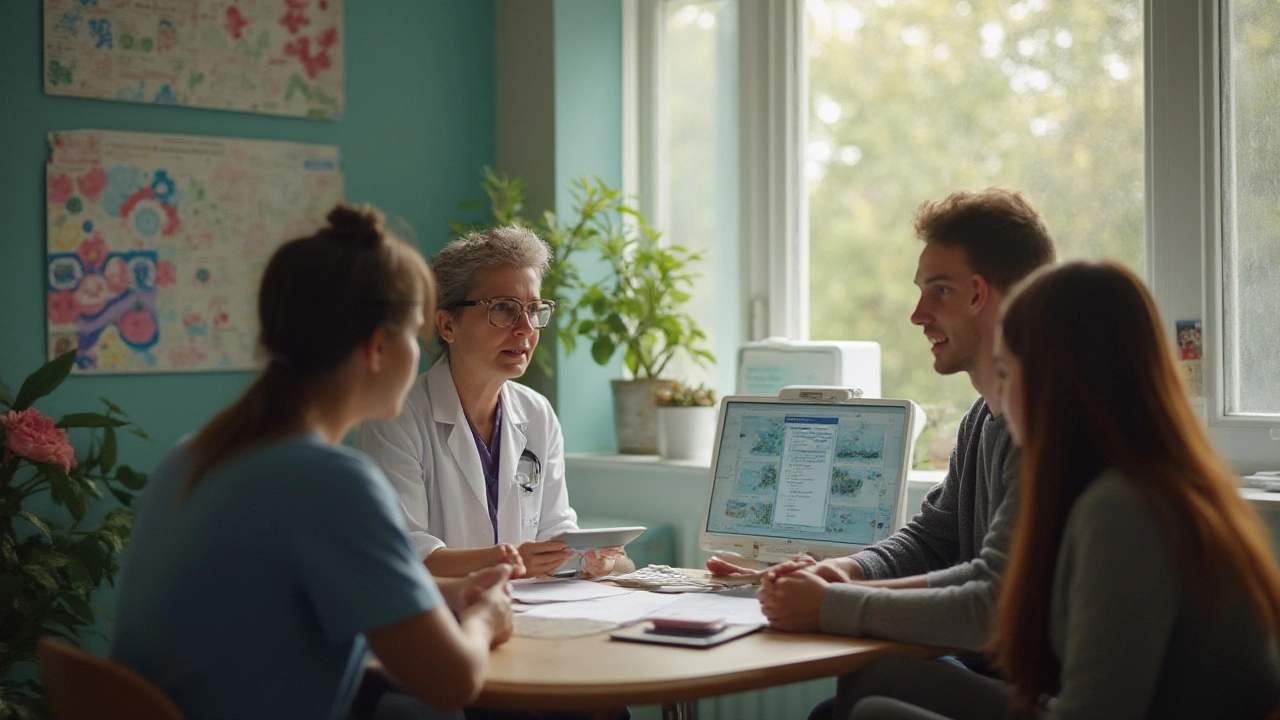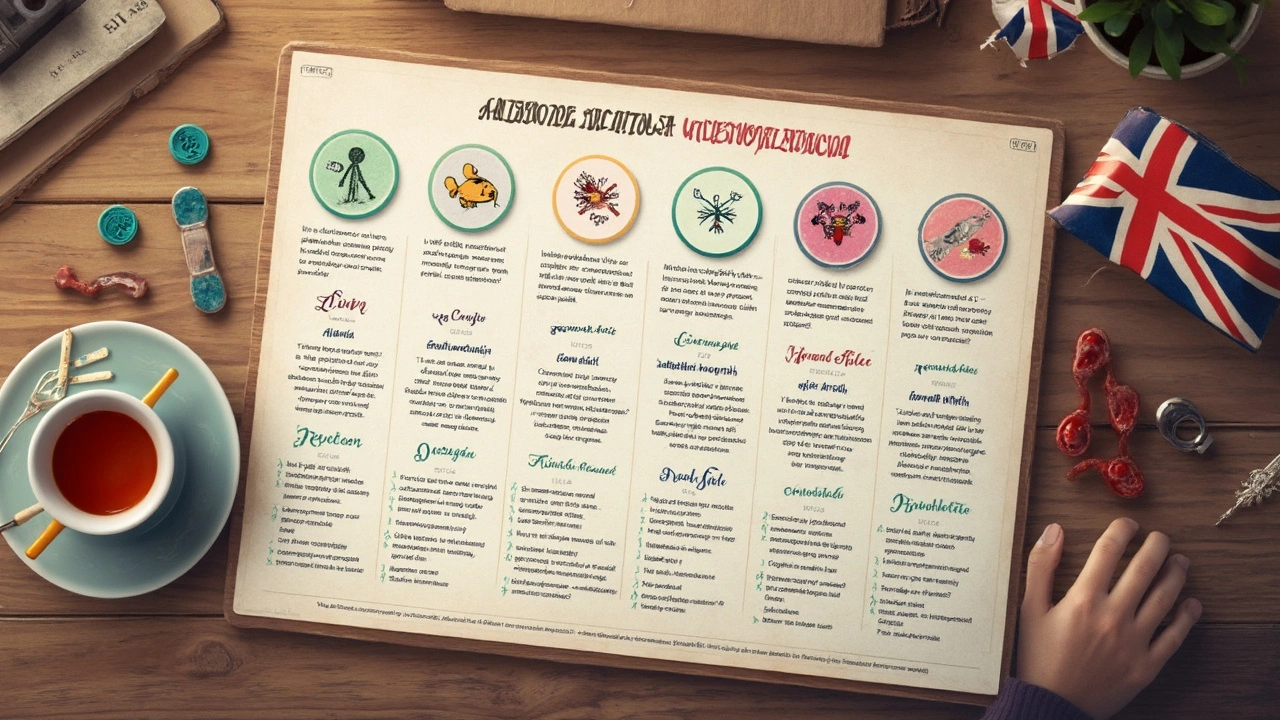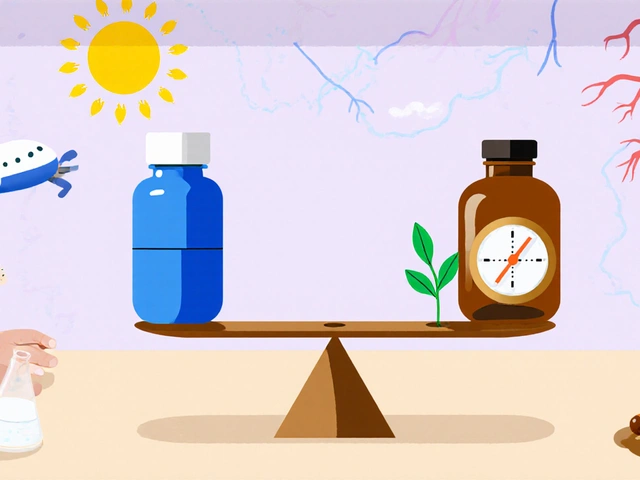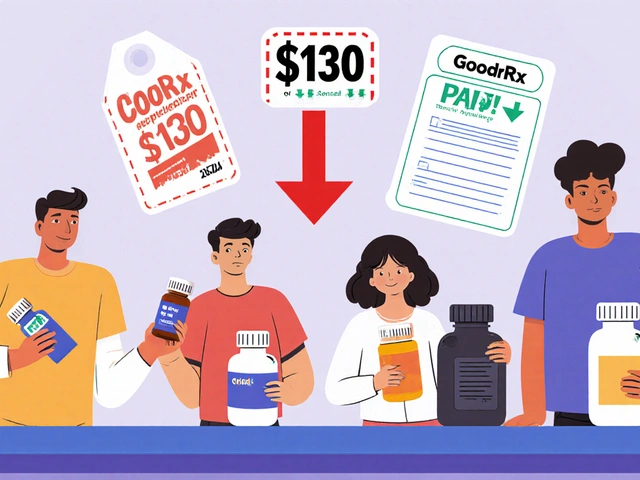Antibiotic Resistance: What It Is and Why You Should Care
Antibiotic resistance happens when bacteria change so drugs that used to kill them no longer work. That can turn a simple infection — a urinary tract infection, a skin wound, or even pneumonia — into something much harder to treat. You don’t need to be a scientist to help slow resistance. Small, everyday choices make a real difference.
How resistance happens — in plain terms
Bacteria reproduce fast. When antibiotics are used too often, or the wrong type is used, the bacteria that survive pass on traits that make them tougher. Two common scenarios cause this: taking antibiotics for viruses (they don’t help colds or most sore throats) and not finishing a prescribed course. Other big drivers are antibiotics fed to farm animals and poor infection control in clinics and hospitals. Some resistant bacteria you may have heard of are MRSA (skin and wound infections), resistant E. coli causing UTIs, and drug-resistant tuberculosis.
What you can do — practical steps that help
Start by asking questions. If your doctor suggests antibiotics, ask: “Do I actually need an antibiotic?” and “Is there a narrow-spectrum option that targets the likely bug?” If the illness sounds viral, expect guidance on symptom relief instead of a prescription. Always follow the exact dose and duration your clinician gives. Don’t stop early because you feel better — that can leave resistant bacteria behind.
Never share or use someone else’s antibiotics. Leftovers should be disposed of safely — many pharmacies have take-back programs. Good hygiene also matters: wash hands, keep wounds clean, and stay up to date with vaccines like the flu and pneumococcal shots. Vaccines reduce infections and therefore cuts down on antibiotic use.
If you buy medicines online, choose licensed pharmacies and avoid sites that sell antibiotics without a prescription. Infections that resist treatment should be tested — ask your provider for a culture when appropriate — so you get the right drug based on lab results, not a guess.
At home, consider simple prevention: cook meats thoroughly, store food safely, and avoid unnecessary antibiotics for pets or livestock. If you work in healthcare or care for vulnerable people, follow infection-control rules strictly: gloves, masks when needed, and proper cleaning cut transmission sharply.
Antibiotic resistance is a shared problem but fixing it doesn’t require dramatic measures. Ask smart questions, use antibiotics only when needed, finish your prescriptions, practice good hygiene, and pick trusted pharmacies. Those steps lower your risk and help preserve antibiotics for everyone who needs them later.
Discover doctor-approved amoxicillin alternatives, including culture-guided options, and understand resistance patterns for effective infection treatment.
View DetailsLevofloxacin is a well-known antibiotic, but it's not the only option when treating infections. This article highlights six alternatives, detailing their uses, advantages, and drawbacks. Whether it's tackling urinary tract infections or other bacterial issues, these alternatives offer varied benefits. Explore how each one works, their pros and cons, and how they compare, so you can make informed decisions in healthcare.
View Details


